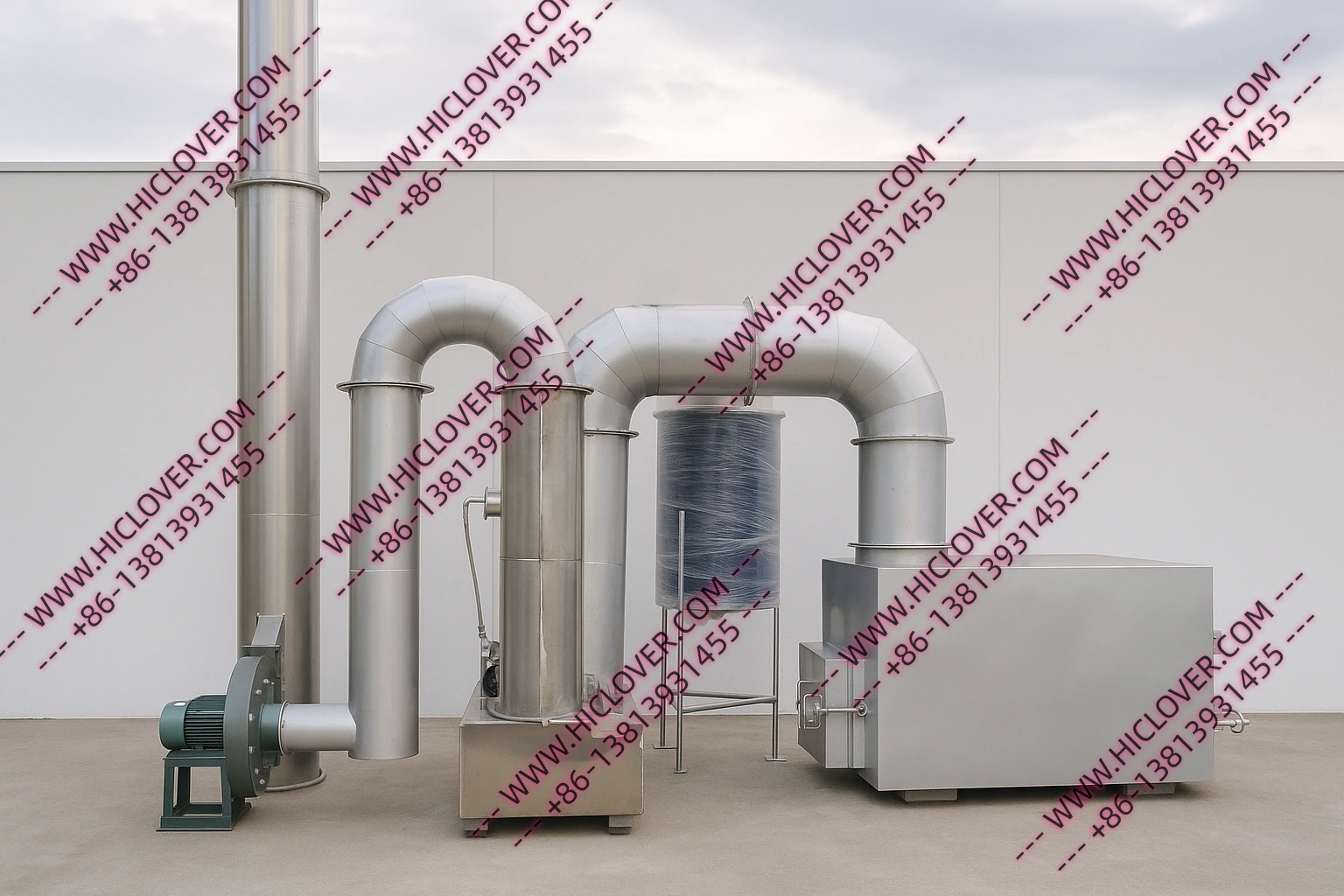Choosing the Right Translation Method for Your Needs
In a globalized world, the need for accurate and effective translation has never been greater. Whether you are a business looking to reach international markets, a student studying a foreign language, or an individual looking to communicate with people from different cultures, choosing the right translation method is crucial. With so many different options available, it can be overwhelming to know which method is best suited to your specific needs. Here are some factors to consider when choosing the right translation method for you.
1. Purpose: The first step in choosing the right translation method is to consider what you intend to use the translation for. Are you looking to translate a legal document, a scientific paper, a website, or a piece of literature? Different translation methods are better suited to different types of content, so it’s important to consider the purpose of the translation before deciding on a method.
2. Accuracy: Another important factor to consider is the level of accuracy required for the translation. For some purposes, such as legal or medical documents, absolute precision is essential. In these cases, human translation by a professional translator is typically the best option. Machine translation, while improving, may still struggle with the nuances and complexities of certain types of content.
3. Time and Cost: Time and cost are also important considerations when choosing a translation method. Human translation can be time-consuming and expensive, especially for large volumes of content. Machine translation, on the other hand, is often faster and more cost-effective, but may sacrifice some accuracy. For those in need of a quick and affordable translation, machine translation may be the best choice.
4. Language Pair: The specific language pair you are working with can also influence the choice of translation method. Some languages have more advanced machine translation technology available, while others may be better served by human translation due to their complexity or lack of resources.
5. Post-Editing Capabilities: If you choose to use machine translation, it’s important to consider the post-editing capabilities of the specific tool you are using. Some machine translation software allows for easy post-editing by human translators, which can help improve the accuracy and quality of the translation.
Ultimately, the right translation method for your needs will depend on a variety of factors, including the purpose of the translation, the required level of accuracy, time and cost considerations, the specific language pair, and the post-editing capabilities of the chosen method. In some cases, a combination of different methods, such as using machine translation for initial draft and human translation for final review, may be the best approach. Regardless of the method chosen, it’s important to prioritize accuracy and quality in order to effectively communicate across language barriers.







